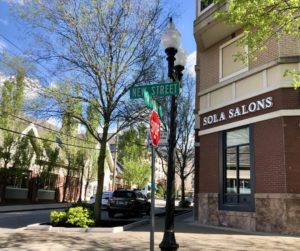By Deidre Montague in the Hartford Courant on May 19, 2022
WEST HARTFORD — The West Hartford Town Council unanimously agreed to change the name of a city street this week, a small move that points to a larger goal — changing the town’s physical landscape to bear witness to its history and culture.
New Street in Blue Back Square will henceforth be named Dinah Road, in honor of two women named Dinah who were enslaved in West Hartford in the mid-18th century.
The change, a nearly year-long process of gathering signatures and support, was spearheaded by the Mayor’s Youth Council and the Witness Stones Project. Continue reading.







